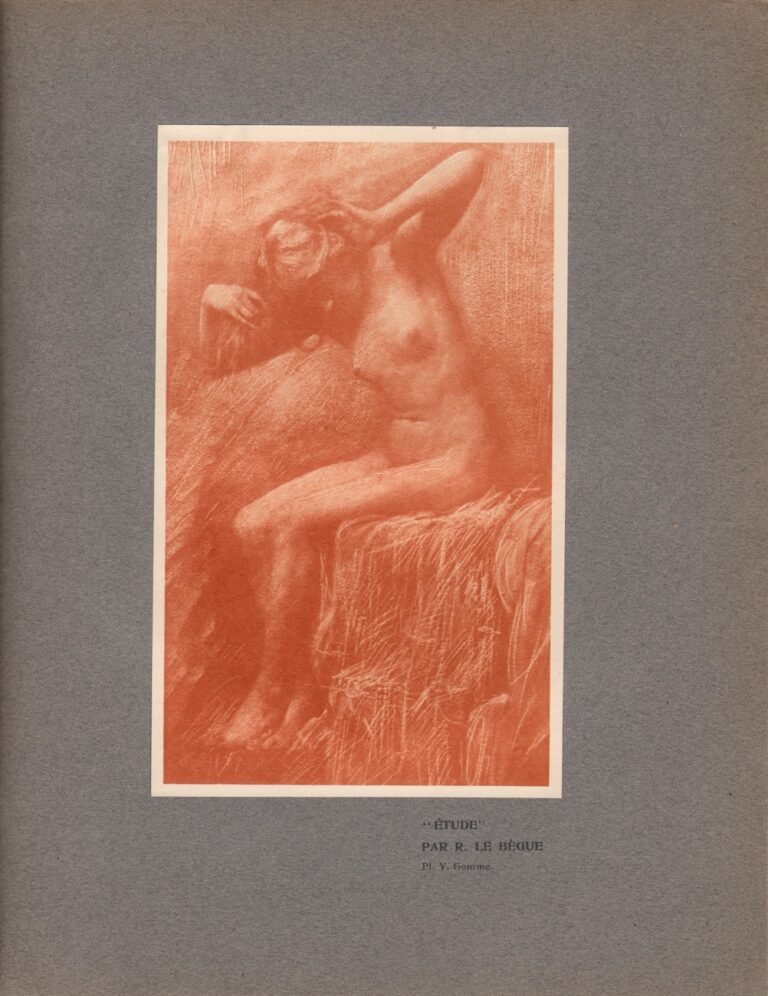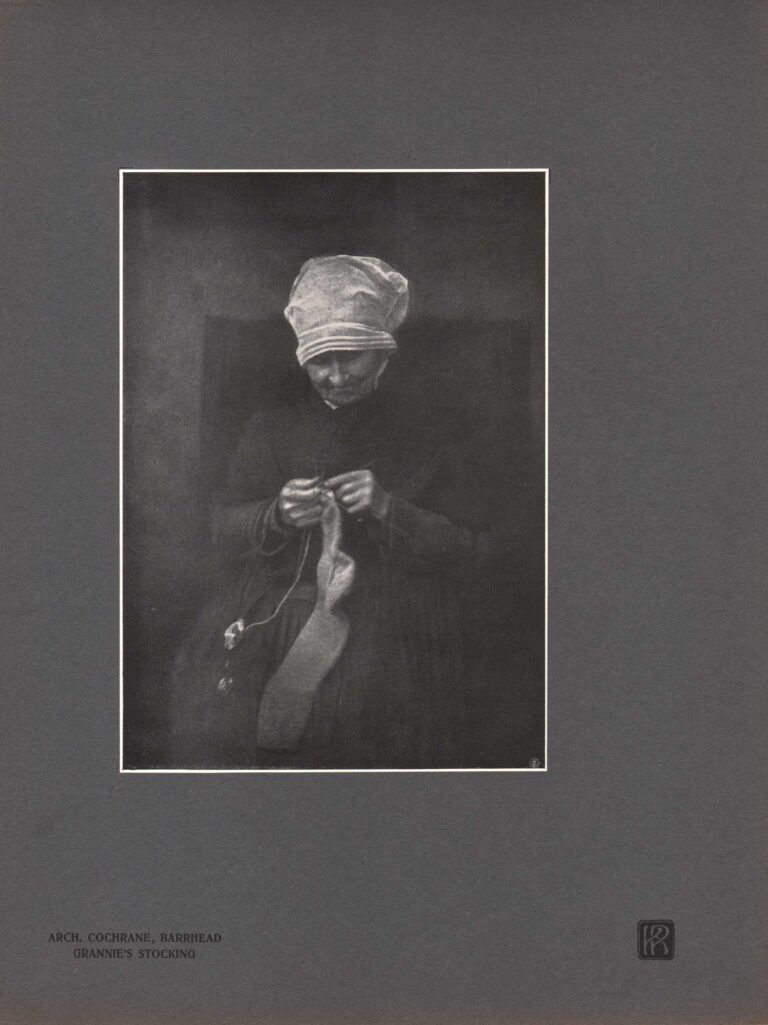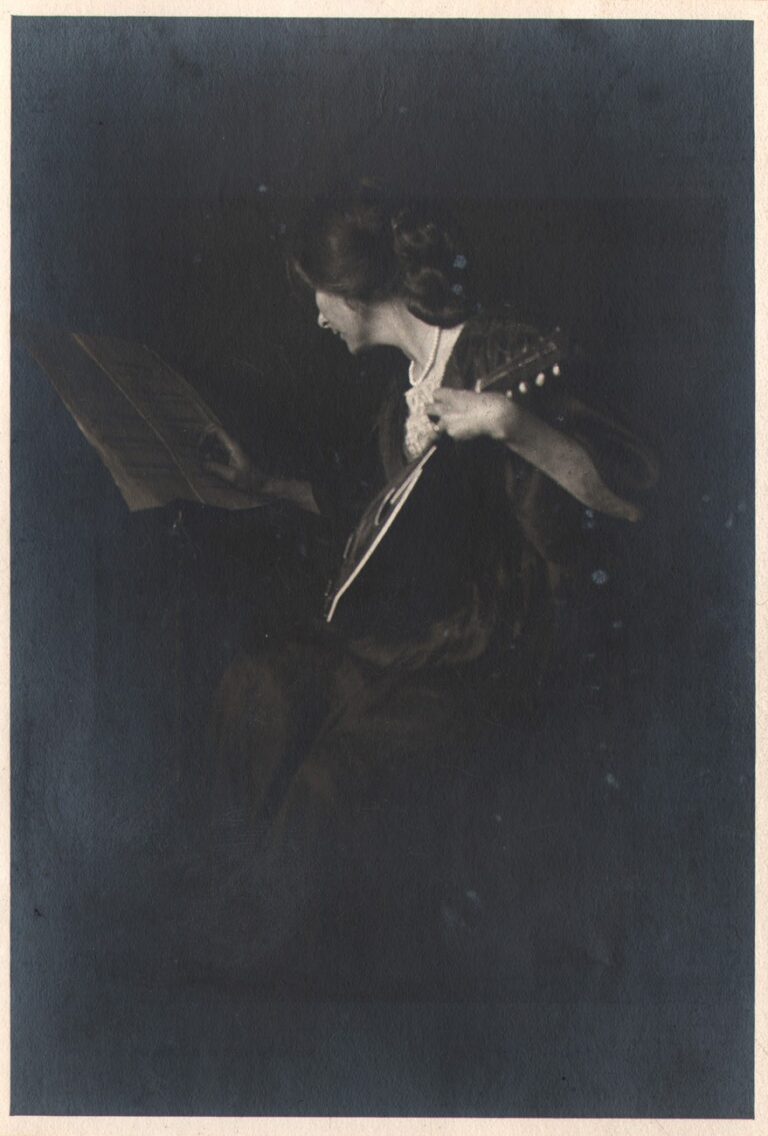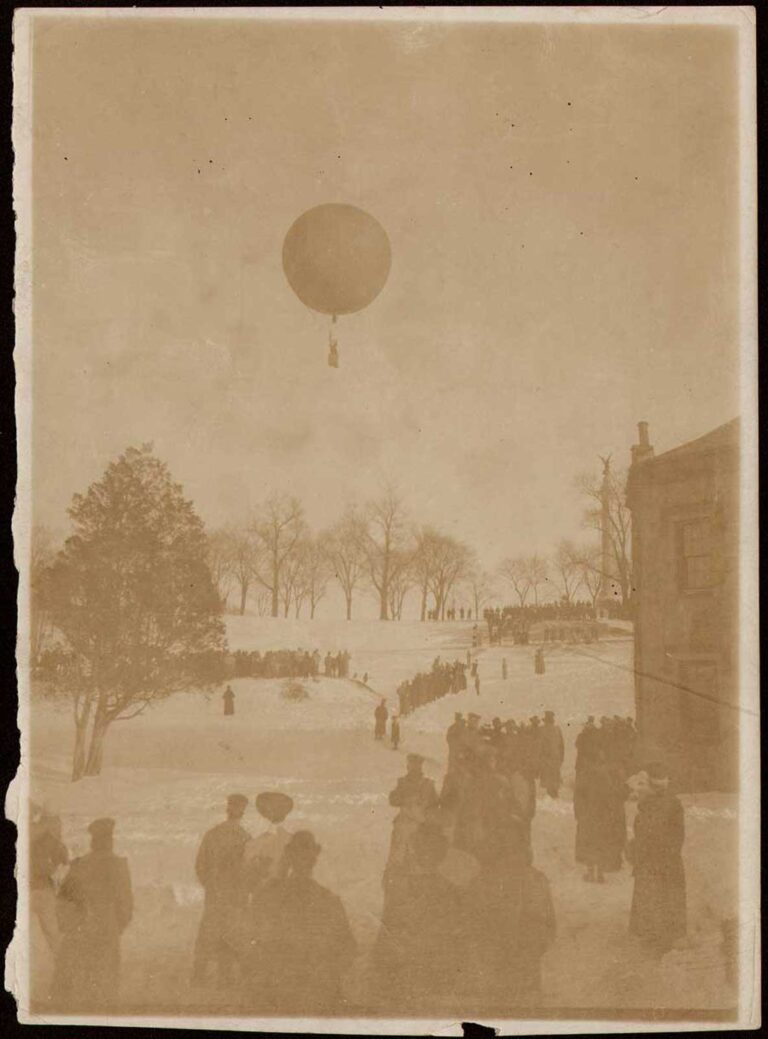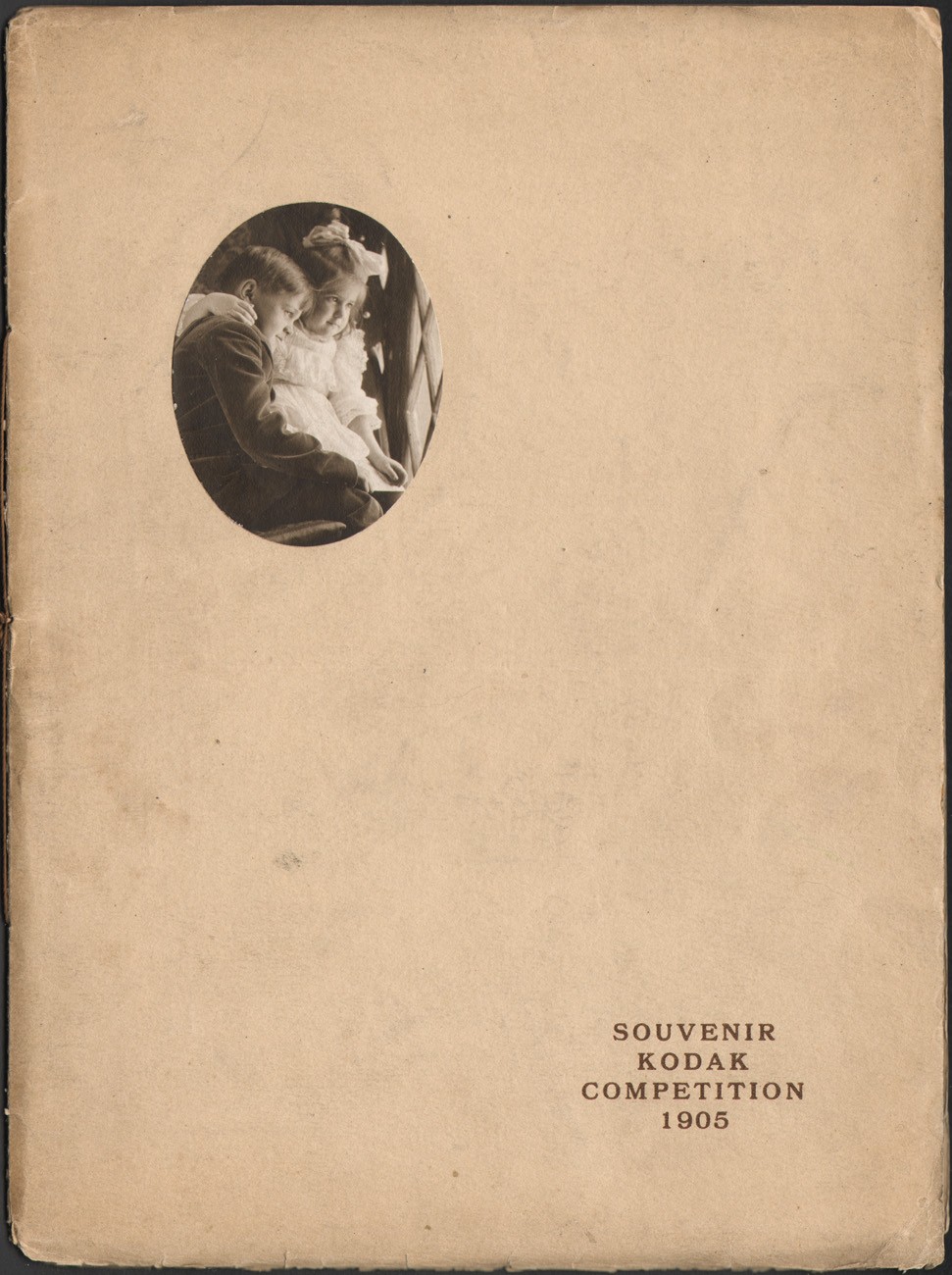
Cover: Souvenir Kodak Competition 1905
This souvenir book of the 1905 Kodak Competition is believed to have been published sometime in 1906 or 1907, the culmination of one of the company’s annual contests spawning multiple public exhibitions in major American cities at the end of 1906 and through March of 1907. The exhibit then traveled to London, England in August of 1907. In late 1904, contest particulars were first announced through Kodak dealer catalogs, with the primary but unstated goal being to sell their cameras and products, specifically to amateur photographers. In early 1906, Kodak announced the contest results: 28,000 entries from around the world had entered. A list of prize winners was published in six different open and novice classes, each for different film negative formats. Approximately 60 winners received a combined pot of $2000.00 and others receiving honorable mentions were awarded various models of Kodak cameras. The Souvenir Kodak Competition catalog itself is extremely rare, considering along with the aforementioned contest results, Kodak stated a copy would be furnished to entrants:
At a later date we shall undertake the publication of a portfolio, in which a number of the best pictures will be reproduced. When ready, a copy will be sent to each of those persons who took part in the competition. (1.)
Along with 20 prize-winning halftone photographs reproduced in its pages, an additional 10 are reproduced as original prints on Kodak gelatin silver papers, including Portrait and Velvet Velox, Eastman’s Sepia Paper, and Mezzo-Tone. Photographer Nancy Ford Cone’s photograph “Threading the Needle” is additionally printed on W-D Platinum (water development) Paper.
Volume covers are string-bound, with interior content pages stapled. Unpaginated, 26 pages (front/back) are included beginning with the title page, which reads:
SOUVENIR
KODAK
COMPETITION
1905
Published At Rochester, New York, The Kodak City by the Eastman Kodak Co.
An introduction follows on a separate page:
The Story of the Pictures
EVERY picture, so the critics say, should tell a story. By such a test the photographs in this little book become more than photographs-they become pictures. Each holds an idea; presents a sentiment; suggests a story. In one we are taken home, another leads us out into the woods, a third takes us back to feudal days, while in another we breathe the very life and spirit of the sea.
And collectively they tell a no less interesting story-the story of the Kodak. They tell how, with out a dark room, without heavy fragile plates, without the bothersome ground glass, the simple Kodak becomes the tool of Art.
All of the pictures are from Kodak or Brownie film negatives-many are machine developed. The actual photographic prints tell in part of the range of effects that may be obtained on the Kodak papers. There’s much to the story of the Kodak and its delights. Look leisurely at the pictures-they will tell it to you.
EASTMAN KODAK COMPANY
Souvenir Cover Photograph by Benjamin Wilder Guppy
The small oval photograph of two young children looking out a window appearing on the cover of the 1905 souvenir book is uncredited. However, this site has determined its title through source material to be The Passing Show, taken by amateur photographer Benjamin W. Guppy of Woodfords, Maine. Guppy, an 1889 graduate of the Massachusetts Institute of Technology, was a bridge engineer for the Maine Central Railroad at the time the photograph was taken, and he won $10.00 and an honorable mention for it in the Kodak contest in the Class D Novice category. A World War I veteran, Colonel Benjamin Wilder Guppy, 1870-1960, was also an important breeder of Peonies later in life, and died in Melrose, Massachusetts.
A later overview of a well-traveled and attended series of exhibitions around the United States featuring over 300 photographs-many if not most being the very amateur prize-winning 1905 contest photographs-appeared in the December, 1906 issue of The Photographic Times:
THE KODAK EXHIBITION.
BY THE EDITOR.
THAT amateur photography is not a fad, but ranks as an educational necessity and a permanent institution in the home was most decidedly demonstrated by the interested and enthusiastic crowds that thronged the Concert Hall in Madison Square Garden during the two weeks stay of the Kodak Exhibition in New York. Earnest groups of amateur photographers throughout the world have been striving to prove that there is art in photography and have succeeded nobly in defending and proving their contention, but it has remained for the Eastman Kodak Company to fully demonstrate the art possibilities of photography to the public in general. The remarkably beautiful collection of enlargements shown, over three hundred in number, are each and every one from amateur negatives, some made with the simple and inexpensive little Brownie camera, in childish hands, and some by hunters and explorers in far off lands, and even a collection made by England’s Queen.
There are pictures from every part of the world and of infinite variety, and aside from a few of purely scientific or technical interest, all are alike rich in artistic beauty. The collection includes pictures by such well-known amateurs as A. Horsley Hinton, Alfred Stieglitz, Edward J. Steichen, Rudolf Eickemeyer, Jr., and many others. The handy and convenient little pocket camera has each year still further demonstrated its usefulness and adaptability for serious work, until now the amateur afield with a large camera is the exception rather than the rule. Aside from its recreation features, the camera has proven an enormous factor in the education of the people, instilling in the mind a love for the beautiful and training the eye to observe and the memory to retain much of the beauty- of nature that would otherwise pass unnoticed. Possibly there is no other recreation so many sided as amateur photography, the homeside, how every one of us cherish the little pictures of home and those that go to make it up. In all the sports, photography finds a place, and oft times even in sordid business, the amateur finds an opportunity to make use of his beloved camera. Always something to interest, amuse and instruct in Kodakery, and it is as Dr. Dixon, the eloquent lecturer of the exhibition so aptly terms it, the “Queen of Hobbies.” While the Kodak Exhibition is prompted by commercial interests and is for the purpose of advertising the products of the Eastman Kodak Company, yet so skillfully is this concealed that each visitor comes away feeling indebted to the company.
Much of the success of the exhibition was due to the brilliant and instructive lectures of Doctor Dixon, and his superb collection of lantern slides. We are pleased to be able to reproduce some of the pictures shown, though regretting their inability to convey an adequate idea of the beauty of the exhibition as a whole.
We sincerely trust our readers will find time and opportunity to visit the Kodak Exhibit at some point in its itinerary. The places where the exhibit will still be shown are as follows:
Columbus, Ohio, Memorial Hall, December 3 to 8.
Indianapolis, The German House, December 10 to 15.
St. Louis, Y. M. C. A., (Grand and Franklin Avenues) December 31 to January 12.
St. Joseph, Mo., Columbia Hall, January 14 to 19.
Kansas City, The New Casino, January 21 to 26.
Omaha, Chambers Hall, January 28 to February 2.
St. Paul, The Armory, February 4 to 9.
Minneapolis, Auditorium, February 11 to 16.
Milwaukee, Public Service Auditorium, February 18 to 23.
Chicago, Orchestra Hall, February 25 to 28, March 4 to 7.
Grand Rapids, Auditorium, March 11 to 16.
Toledo, Zenobia Hall, March 19 to 23.
Detroit, Light Guard Armory, March 25 to 30. (2.)
(The exhibition debuted in America at Madison Square Garden Concert Hall, New York City, from November 5-17, 1906)
1. excerpt: The American Amateur Photographer: New York: March, 1906: p. 137
2. The Kodak Exhibition: By the Editor: The Photographic Times: New York: December, 1906: pp. 531-535
